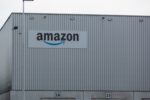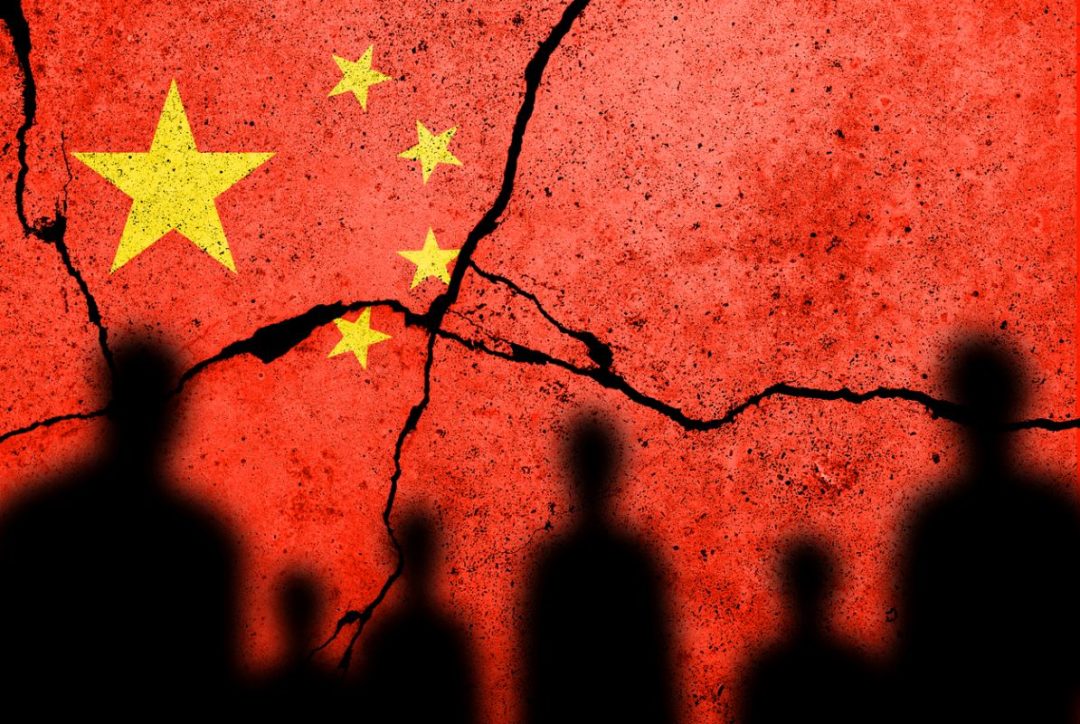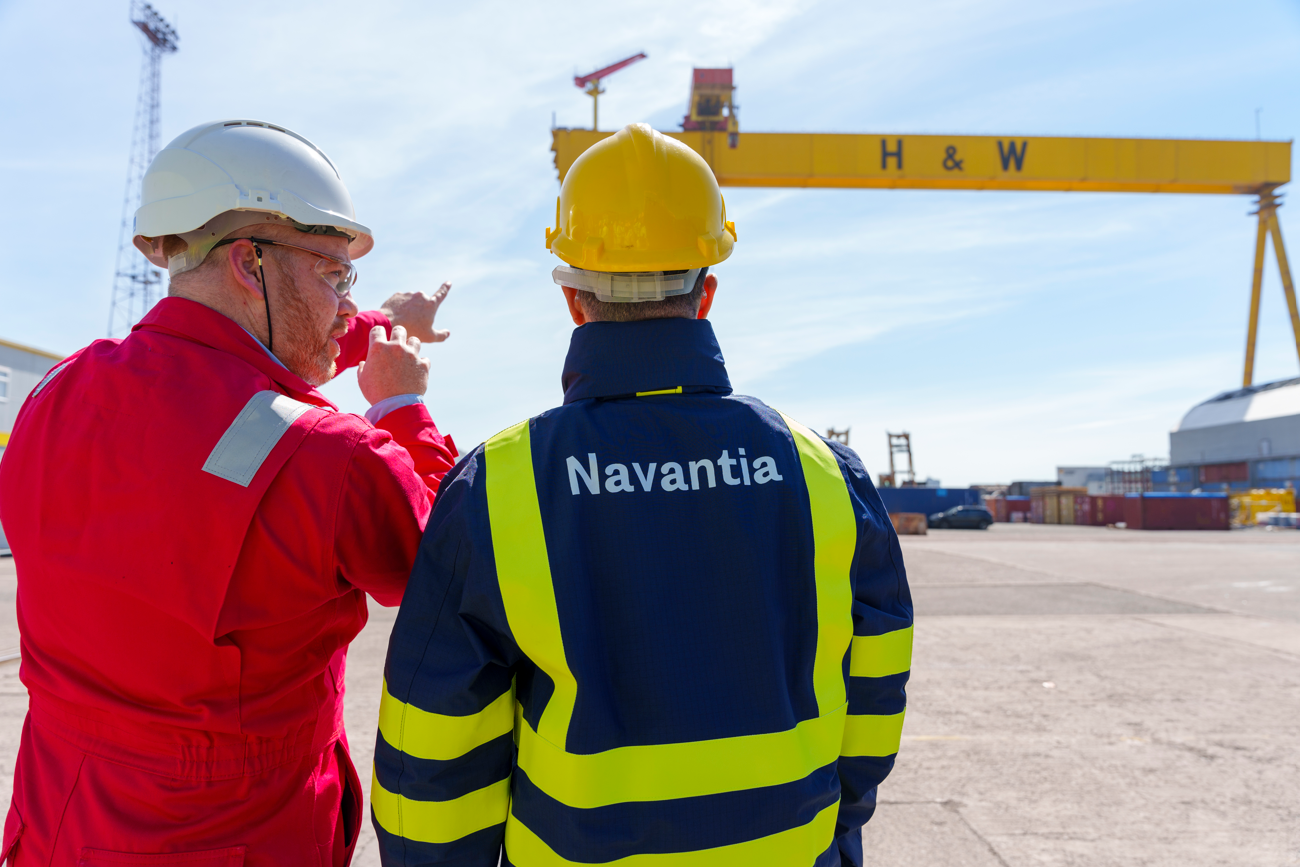
Visit Our Sponsors |
|
|
|
|
|
|
|
|
|
|
|
|
|
|
|
|
|
|
|
|
|
|
|
|
|
|
|
|
|
|
|
|
|
|
|
|
|
|
|
|
|
|
|
|
|
|
|
|
|
|
|
|
|
|
|
|
|
|
|

Image: iStock/Tomas Ragina
Can China use Canada and Mexico as a way to get around the U.S. ban on imports of Chinese goods from Xinjiang Province?
In December, 2021 President Biden signed into law the Uyghur Forced Labor Prevention Act, a response to what the Administration called China’s “systematic” use of forced labor against Uyghurs and other ethnic minorities in the Xinjiang Uyghur Autonomous Region. The law prohibits the importation into the U.S. of all goods “mined, produced or manufactured wholly or in part” in the XUAR, or by a business on the UFLPA Entity List. U.S. Customs and Border Protection called the act “crucial to ensuring that goods entering the U.S. are not the product of human suffering.”
And so the doors of U.S. commerce slammed shut against the products of forced labor from Xinjiang Province. Or did they? Experts say the potential exists for China to route banned products through Canada and Mexico, masking their true origin and thereby skirting the restrictions of the UFLPA.
The problem is that neither Canada nor Mexico currently has a law similar to UFLPA on the books. Canada’s corporate transparency law “doesn’t have much teeth,” notes Jag Lamba, chief executive officer of Certa, provider of a software platform for compliance and third-party risk management. “It’s not very actively enforced.”
Mexico, too, has yet to take specific punitive action against imports produced by forced labor in Xinjiang Province. That lack of adequate oversight by both U.S. neighbors has prompted American lawmakers to urge them to use UFLPA as a model for their own version of restrictive legislation.
The bipartisan group of legislators said action by Canada and Mexico is needed “so that North America can truly be a region free of goods produced through forced labor.”
Other countries have responded with varying degrees of effectiveness. Norway, for one, has adopted especially stringent measures, Lamba says. In 2014, it became one of the first nations to ratify the Protocol to the Forced Labor Convention of the International Labor Organization. But the European Union as a whole has yet to match the strict approach adopted by the U.S.
“I don’t think that most countries are actively putting dollars behind enforcement like the U.S., in general,” Lamba says. Goods produced in Xinjiang Province continue to flood global markets.
Meanwhile, U.S. importers without full knowledge of where their goods are being produced are at risk of having their shipments seized by Customs, and being assessed civil penalties for violating the law, however inadvertently. Lamba says only about 20% of Certa’s clients have mapped their entire supply chains, to learn the true source of their goods and services. “Others are doing it as a checkmark exercise,” simply by comparing named suppliers against the ULFPA Entity List.
But the list doesn’t tell the whole story. A multi-tier supply chain can easily hide the actual origin of imported goods and services. Certa says risk exists at multiple stages, including:
For its part, China has a history of using third-party countries to skirt import restrictions. Earlier this year, a group of U.S. companies urged the Biden Administration to slap duties on imported solar technology from Southeast Asia. In 2023, the U.S. Department of Commerce determined that China was circumventing duties on solar products by routing them through Southeast Asia for “minor processing.”
When it comes to the issue of forced labor, China is further attempting to get around ULFPA by moving workers from Xinjiang into other provinces, Lamba says.
He sees little chance of Canada or Mexico taking tough action against imports from Xinjiang Province anytime son. Canada in particular is preoccupied with problems of unemployment, inflation and low economic growth. And Certa hasn’t been hearing from clients who are concerned about heightened trade enforcement measures in either country. “It makes me conclude that the companies aren’t worried,” Lamba says.
That doesn’t mean U.S. importers are off the hook. To avoid the risk of penalties under ULFPA, he says, they need to do more than check boxes. One crucial step is to go deep into their multi-tier supply chains “to truly understand where goods are coming from.” Another is to conduct due diligence about the ownership of suppliers, including any subsidiaries. “You need to find out the ultimate beneficial owners, and prescreen from UBOs to the n-tier supply chain, against these risk factors,” Lamba says.
In taking such action, they’ll be well prepared for the moment when other countries finally catch up with the U.S. in fighting forced labor in Xinjiang Province and elsewhere. Similar to the passage in 1977 of the Foreign Corrupt Practices Act, which was followed by other countries enacting similar legislation, “the U.S. is going to become the standard,” Lamba says. “Everybody will be fully compliant in a few years. We’ve seen this movie before.”
RELATED CONTENT
RELATED VIDEOS
Timely, incisive articles delivered directly to your inbox.







